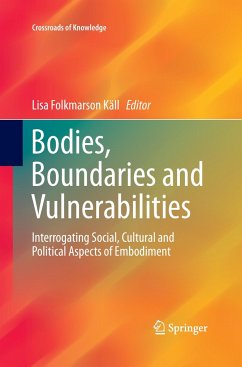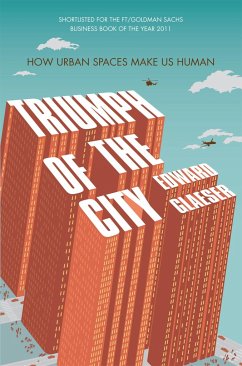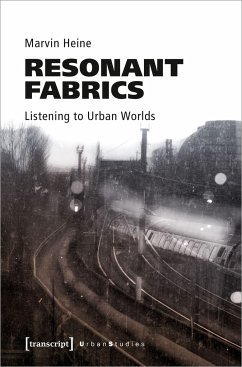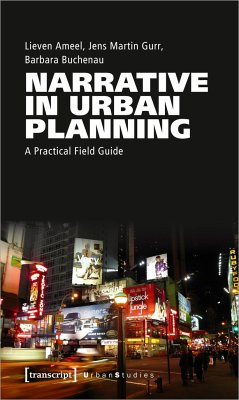
Humans and Architecture
A Corporeal-Phenomenological and Sociological Approach to the Allegedly Silent Dimension of the Social
Versandkostenfrei!
Versandfertig in 6-10 Tagen
83,99 €
inkl. MwSt.

PAYBACK Punkte
42 °P sammeln!
The book makes an original contribution to a corporeal-phenomenological and sociological approach to architectural research. The author draws on theoretical frameworks such as the work of Helmuth Plessner and New Phenomenology by Hermann Schmitz, both of which are based on the premise that embodiment should be recognised as a constitutive and dynamic structural element of bodily existence. Through comparative research conducted in two libraries, the book exemplifies how a phenomenologically grounded sociology of architecture can be expressed both theoretically and empirically, and how phenomen...
The book makes an original contribution to a corporeal-phenomenological and sociological approach to architectural research. The author draws on theoretical frameworks such as the work of Helmuth Plessner and New Phenomenology by Hermann Schmitz, both of which are based on the premise that embodiment should be recognised as a constitutive and dynamic structural element of bodily existence. Through comparative research conducted in two libraries, the book exemplifies how a phenomenologically grounded sociology of architecture can be expressed both theoretically and empirically, and how phenomenological-sociological methods can be applied.
Building on the empirical study, the book concludes with a forward-looking proposal on how the appearance and perception of architecture can be grasped, understood, and conceptualized. The author opens up a space of possibility for understanding architecture as a transitive, fleeting, and ephemeral medium of communication, and raises awareness for an ecological and sustainable perspective on building culture.
Building on the empirical study, the book concludes with a forward-looking proposal on how the appearance and perception of architecture can be grasped, understood, and conceptualized. The author opens up a space of possibility for understanding architecture as a transitive, fleeting, and ephemeral medium of communication, and raises awareness for an ecological and sustainable perspective on building culture.












